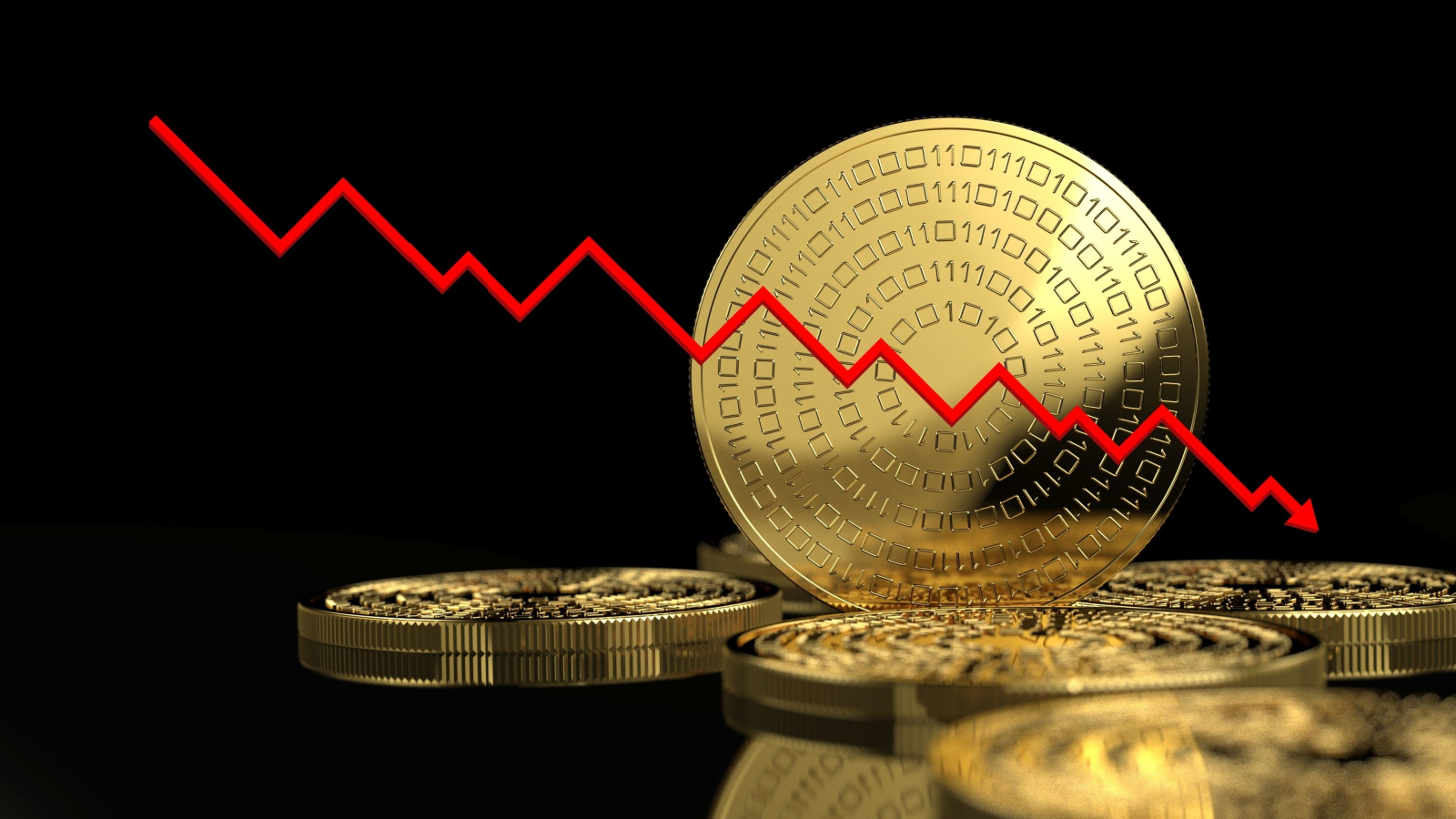
Almost all cryptos are shady in some way. Unfortunately, that’s just how the crypto market operates. However, you can still make money from investing in many crypto projects if you make smart decisions and manage to get in at the right times.
That said, it’s also true that it’s generally better to avoid certain cryptos altogether. Many cryptos have lingering tokenomics issues or have nothing in the way of utility that’s going to drive more hype. These cryptos are unlikely to provide solid returns even, if you hold for years. And even if they do surge at the end of the day, you’ll likely end up with gains that lag the broader crypto market.
Here are three such cryptos to sell I’d certainly put in that bucket.
Worldcoin (WLD-USD)

Worldcoin (WLD-USD) is a project founded by Sam Altman of OpenAI. Accordingly, this is a project that definitely has the sort of branding and fame behind it many investors want to see. Sam Altman wants to scan everyone’s eyes and, as a reward, give the world WLD, creating a global currency. Worldcoin’s mission is to have a universal basic income system ready for humans once AI systems take over.
I personally don’t think AI systems will ever become indistinguishable from humans in the physical world. Moreover, I kind of don’t think this project makes much sense either. Any UBI system will likely come from the government instead of a crypto project without any funding from anywhere. Plus, people can access many crypto projects with a much better merchant base. Bitcoin (BTC-USD) is already a global currency that you can use. Worldcoin’s eye scan technology makes it much more difficult and cumbersome to use, and most parts of the world don’t have the tech available to claim free WLD tokens.
I wouldn’t recommend buying this crypto since there is likely to be a huge amount of inflation going forward. Worldcoin is designed to be distributed to 10 billion people and has a max supply of 10 billion tokens. The current supply is 240 million WLD, so if a dystopian AI world does come to fruition, any investment you make right now will likely be diluted into pennies anyway.
Cardano (ADA-USD)

This might be a controversial pick. However, I think you’ll be better off selling Cardano (ADA-USD). It is one of the most popular layer-1 cryptos out there, but the entire ecosystem has been dry for many years. Sure, many investors would claim there’s lots happening in the backend, but it’s nothing compared to the development on Ethereum (ETH-USD) and Solana (SOL-USD). Most other layer-1 cryptos have much more going on in their ecosystems while Cardano sleeps.
Cardano has also failed to make their Africa strategy a reality. I think this ploy was more of a marketing scheme than anything concrete. I doubt anyone from the Cardano team ever even set foot in Africa, and the whole thing fizzled out, along with Cardano’s Africa web page.
With all that in mind, I think you’ll find a lot more buzz and upside if you buy Solana or Ethereum instead. Even Avalanche (AVAX-USD) has more buzz these days.
Gala (GALA-USD)

Gala (GALA-USD) is a blockchain gaming crypto. This crypto has been slowly dying since the last bull market cycle, and I think this is a token that’s unlikely to see a spike anytime soon. The entire crypto play-to-earn sector has been muted this time around, and whatever gaming projects are gaining steam are ones that are new or have better tokenomics than Gala.
Blockchain metaverse projects, in general, have continued to bleed while the rest of the market has gone higher. These metaverse games see very few players, so I think this token isn’t worth investing in at all.
In fact, my biggest problem here is that Gala has a very high inflation rate. The project’s current supply inflation sits at nearly 45%. Inflation was 210% last year, and I believe any spike in player count will only lead to more inflation as more tokens are minted to reward users. You’re better off jumping ship.
On the date of publication, Omor Ibne Ehsan did not hold (either directly or indirectly) any positions in the securities mentioned in this article. The opinions expressed in this article are those of the writer, subject to the InvestorPlace.com Publishing Guidelines.





